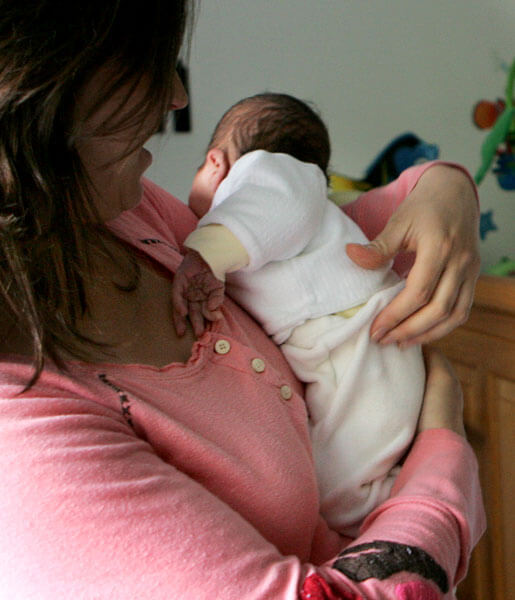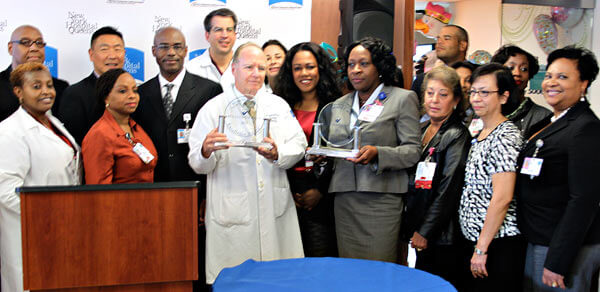By Rich Bockmann
A baby born to a mother from Jamaica is three times less likely to celebrate his or her first birthday than a baby from Forest Hills, according to a report by the city Health Department, a fact that highlights the disparities that exist among communities even as the city celebrates its lowest infant mortality rate in history.
In the Jamaica area’s Community Board 12, the infant mortality rate — the number of deaths within the first year of life per 1,000 live births — was an average of 8.4 from 2009-11, according to the most recent data from the city Department of Health, tied for the third highest in the five boroughs.
The rate for the Forest Hills/Rego Park area’s CB 6 was 2.3 during the same period.
In 2011, the city hit an all-time low IMR of 4.7, but Heidi Jones, an assistant professor at the City University of New York’s School of Public Health, said there was still more work to be done in order to bring about change in some of the most at-risk communities.
“Women under the age of 20 have higher rates of infant mortality — and even higher under the age of 18 — compared to women 20 and over,” she said. “Similarly, non-Hispanic blacks and Puerto Ricans experience higher infant mortality rates than non-Hispanic whites and Asians and Pacific Islanders.”
The leading causes of deaths among the city’s babies are congenital malformations such as spina bifida and Down syndrome, as well as short gestations and low birth weights, according to the DOH, and. A mother’s access to prenatal care is one of the biggest factors in a child’s chance of making it through the first year.
In 2011 the mortality rate was 40.1 out of 1,000 for mothers who received no prenatal care, compared to 4.4 for those mothers who made their first visit in the third trimester, Health Department figures show. (It should be noted that a small percentage — 0.07 — of mothers citywide did not receive care.)
Mothers who are obese, did not finish high school, are under the age of 18 and are black are all at high risk of having a child die young.
According to a 2010 survey conducted by the state Health Department, 34.5 percent of Queens mothers who responded said they were unintentionally pregnant, and Jones said contraception access for young women could be one of the biggest factors in driving down the IMR.
“Additionally, ensuring that all women have access to contraception so that they can plan when and whether they want to have children is a very important way to reduce IMR,” she said. “Increasing access to and use of effective contraception may be especially needed for young women/adolescents.”
Reach reporter Rich Bockmann by e-mail at rbockmann@cnglocal.com or by phone at 718-260-4574.


































